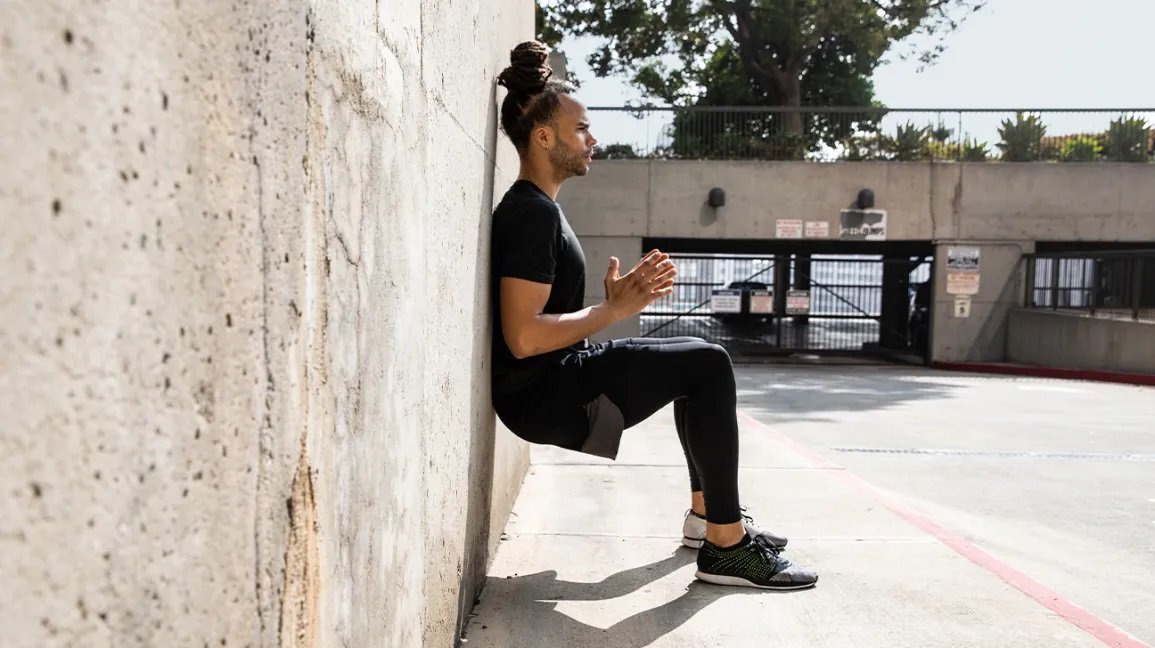What exercises are good for vertigo?

Vertigo is the sensation of spinning around in circles, or the surroundings spinning around you. People with vertigo often describe it as if their world is spinning or moving out of control, & they feel nauseous, motion sick, get headaches, & feel dizzy. Vertigo is often not a dangerous condition or even a symptom of a dangerous condition. However, it can quickly become quite annoying to deal with. Fortunately, there are certain vertigo exercises & some vertigo treatments that help provide relief to vertigo patients.
These vertigo exercises can only work for those patients that have Benign Paroxysmal Positional Vertigo(BPPV), which is a type of peripheral vertigo. Peripheral Vertigo arises out of an inner ear issue or an issue with the nerves that carry hearing & balance information to the brain.
The most common causes are:
- Head or neck injuries
- Inner ear infections
- Meniere’s Disease
- Vestibular Neuritis or Labyrinthitis
- Displaced calcium crystals(otoconia) inside the semicircular canal of the inner ear
Most vertigo treatments, including vertigo exercises for BPPV, focus on removing these displaced calcium crystals from inside the ear canal. These exercises help put the crystals back into the middle ear where they can easily get absorbed into the ear.
In this article, we will tell you some of the most common vertigo exercises recommended by doctors for vertigo treatment.
Table of Contents
Brandt-Daroff exercises:
The Brandt-Daroff exercises for vertigo treatment utilize the help of gravity to dislodge the displaced calcium crystals from your inner ear canal. These are quite effective for Vertigo treatment & help provide some relief for vertigo patients. Your doctor can either perform these exercises in their office or can tell you some steps to perform these yourself at home. To perform the Brandt-Daroff exercises for vertigo treatment, follow the steps below:
- Sit on the bed with your feet on the floor, & turn your head 45 degrees to the right.
- Lie down on your left side without moving your head. Lie in this position & allow some time for any dizziness to pass. Wait another 30 seconds after that, in any case.
- Return to your original position & wait another 30 seconds before moving on with the exercises.
- Turn your head to the left 45 degrees, & repeat steps 2 & 3 on the right side.
- Return to your original position, & wait for about 30 seconds.
- Complete one set of five repetitions on each side.
You should ideally perform one set in the morning & another in the night. Perform the exercises regularly for about 2 weeks. Wait for any dizziness to pass before standing up & resuming your everyday activities. This allows for any dizziness to pass & lessens your risk of falling down or losing your balance while performing any activities like driving, operating machinery, walking, dancing, etc.
Semont Maneuver:
The Semont Maneuver, also known as the liberatory maneuver, is another vertigo exercise that doctors recommend for vertigo treatment. It is quicker to perform than the Brandt-Daroff exercises, & it is advisable to perform these under the supervision of your doctor. The steps below are for when you have left-ear BPPV. Follow the instructions carefully if you wish to get quick relief from your vertigo symptoms.
- Sit on the edge of the bed in an upright position & turn your head 45 degrees to the right.
- Quickly drop on your left side until your head is completely lying on the bed. Hold this position for a minute.
- In a single movement, quickly move your body to the right side without changing the angle of your head. You should now be facing the floor.
- Hold this position for a minute. Slowly return to your position.
If you right-ear BPPV, turn your head to the left & drop on your right side. Sit up for about 10 minutes after performing this exercise. Repeat it once every day until your symptoms show signs of improving.
Epley Maneuver:
The Epley Maneuver is a well-known & popular vertigo exercise that doctors recommend for vertigo treatment. The original Epley Maneuver needed the supervision of a medical professional to perform it. However, the modified Epley Maneuver can be done by yourself at home.
To perform the Epley Maneuver yourself for left-ear BPPV, follow the instructions below:
- Sit on the bed in an upright position, & place your legs straight ahead. Place a pillow behind yourselves.
- Turn your head to the left about 45 degrees.
- Quickly lie back until your shoulders are on the pillow. Wait for any dizziness to pass, then wait another 30 seconds.
- Without lifting your head, turn it 90 degrees to the right. Hold for at least 30 seconds.
- Turn your entire body in such a way that you’re lying on your right side. Wait for any dizziness to pass, then wait another 30 seconds.
- Sit on the edge of the bed in an upright position.
If you have right-ear BPPV, turn your head to the right first & drop to the left. Do not perform any activity at least about 15 minutes after performing the Epley maneuver. Repeat the exercises once every day until you have no symptoms for 24 hours.
Foster Maneuver:
The Foster Maneuver, also sometimes called the half somersault maneuver, is among the easiest vertigo exercises for vertigo treatment. It doesn’t need you to be in a bed and doesn’t even require the help of another person. Follow the steps mentioned below for left-ear BPPV. If you have right-ear BPPV, perform these steps on the right side.
- Kneel down while placing your hands on the floor & tilt your head up & back. Wait for any dizziness to pass.
- Place your forehead on the floor, while tucking your chin towards your knees.
- Turn your head 45 degrees & face you left elbow. Hold this position for about 30 seconds.
- While your head is still 45 degrees, raise it until it is level with your back & shoulders. Hold this position for about 30 seconds.
- Raise your head towards a fully upright position.
Repeat the maneuver at least 4 or 5 times to get relief from your vertigo symptoms. Wait about 15 minutes between each repetition.
Other safety considerations:
Each of these vertigo exercises should be performed in conjunction with adequate vertigo medication & other stress-relieving activities. This allows for maximum optimal results for each of the exercises. Also, remember to not engage in everyday activities right after performing any of these vertigo exercises. These exercises have the potential to trigger dizziness & mild vertigo attacks in patients. They thus make them more susceptible to falling down or seriously injuring themselves & others if they perform activities like driving, operating machinery, hiking, climbing the stairs, etc. immediately after performing these vertigo exercises.
It’s also crucial to stop performing any of these vertigo exercises & reach out to your doctor immediately if you feel any sudden dizziness, discomfort, or severe vertigo attacks after performing them. If the patient performing them is quite advanced in age, it’s a good idea to stay with them the entire time they are performing the vertigo exercises. You can also help them out with their everyday activities afterwards, as old people tend to get more frequent & severe vertigo attacks, even after performing vertigo exercises. This can increase their chances of falling down & seriously injuring themselves if they aren’t careful enough.












